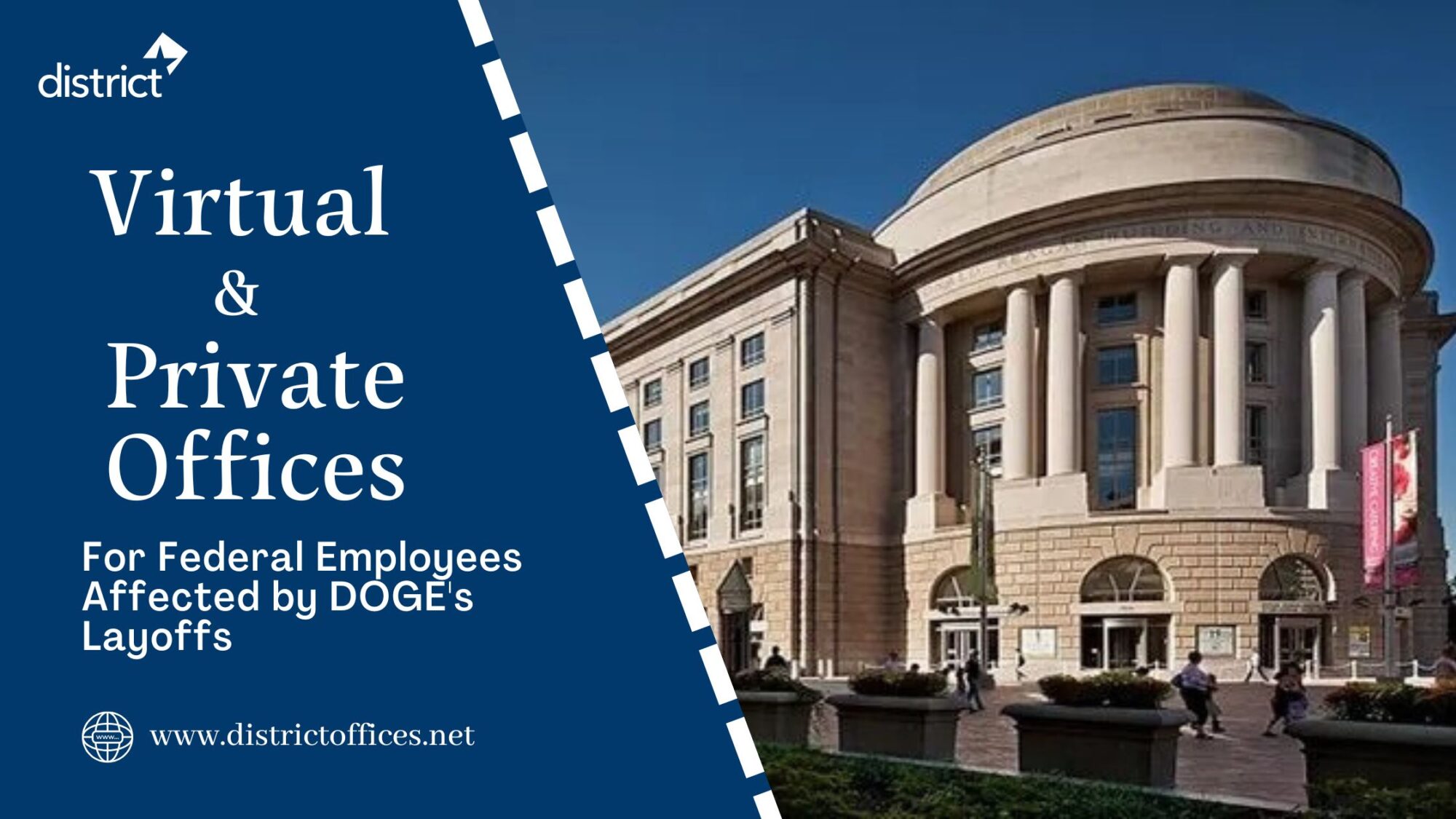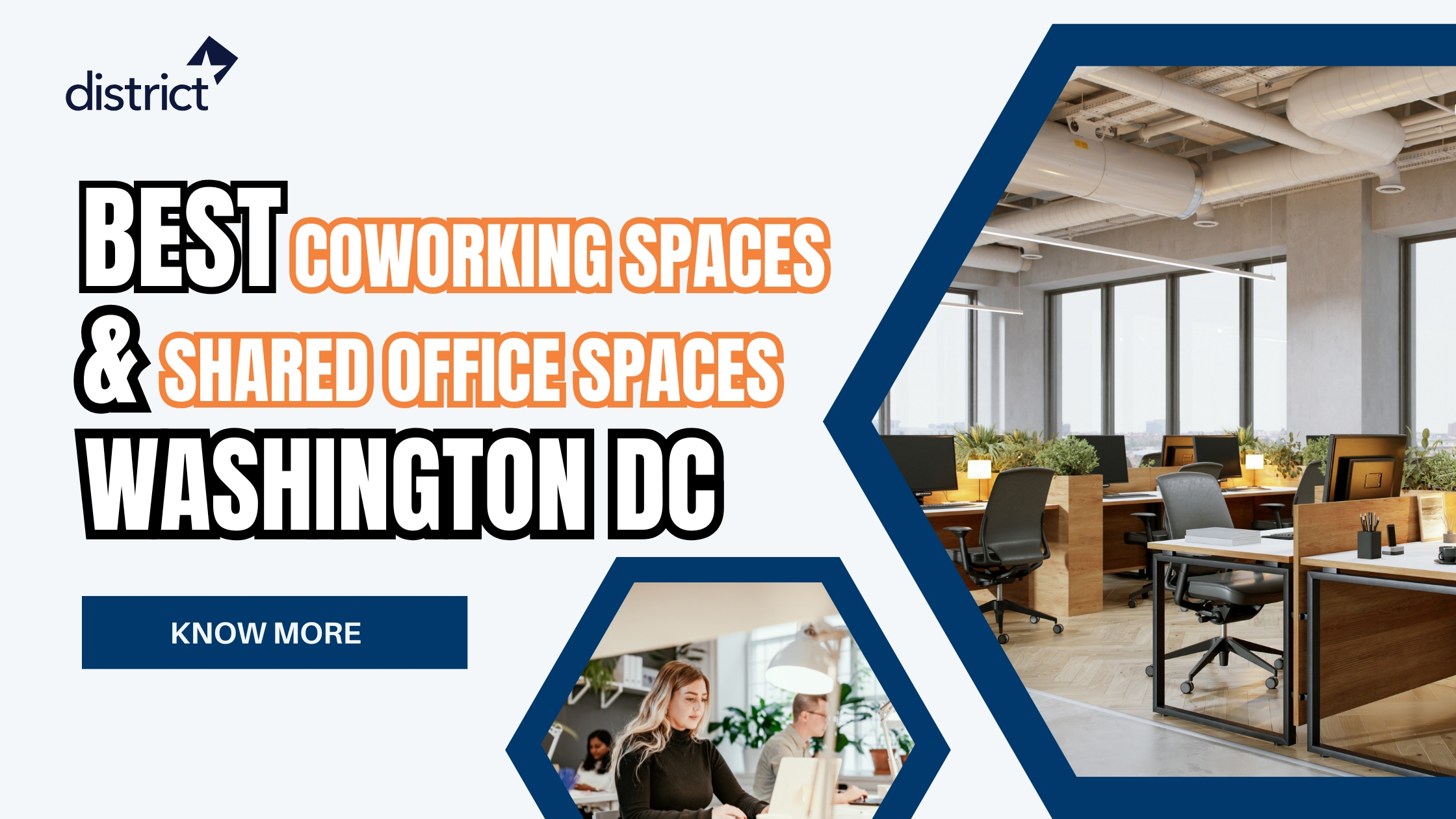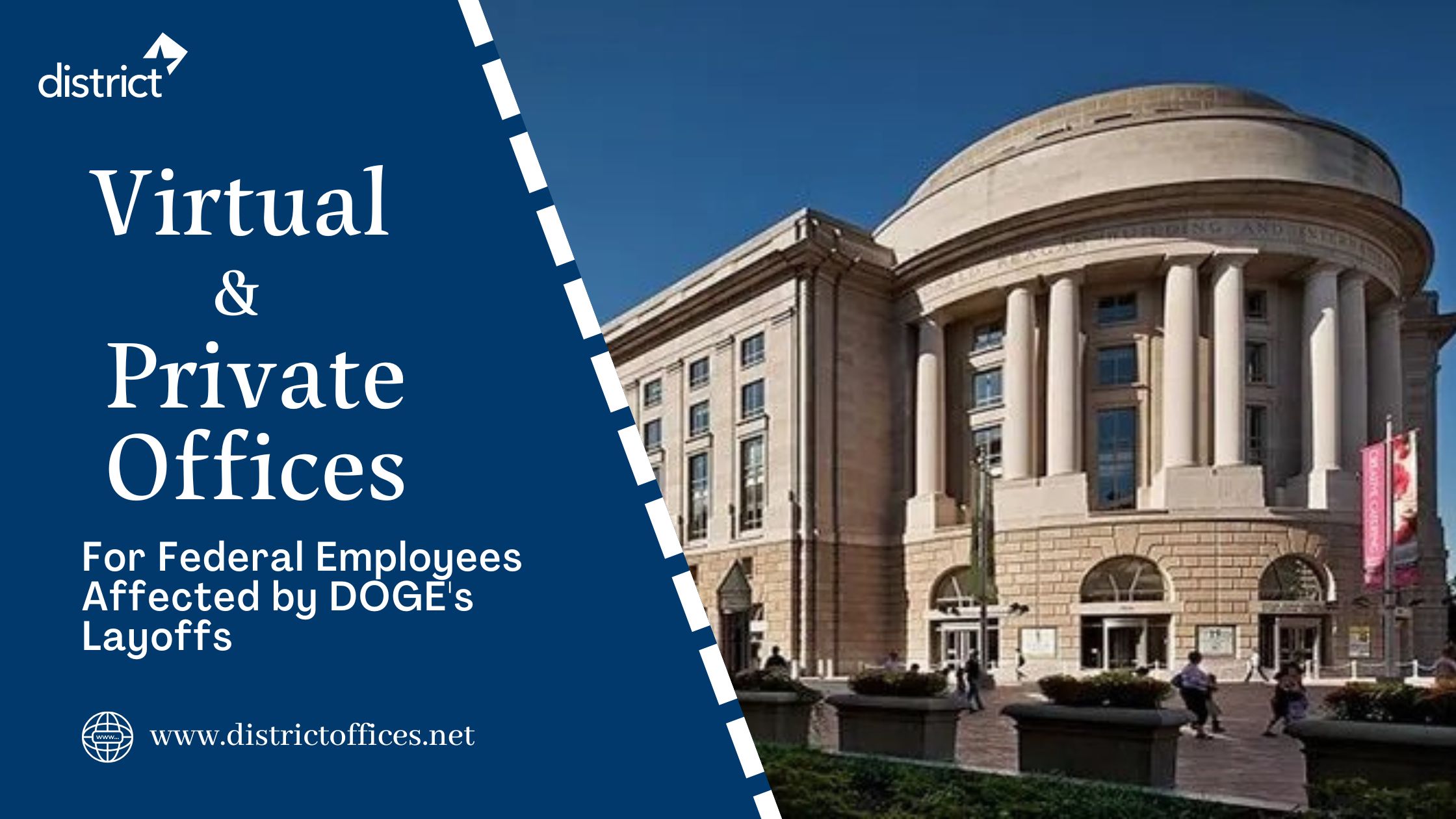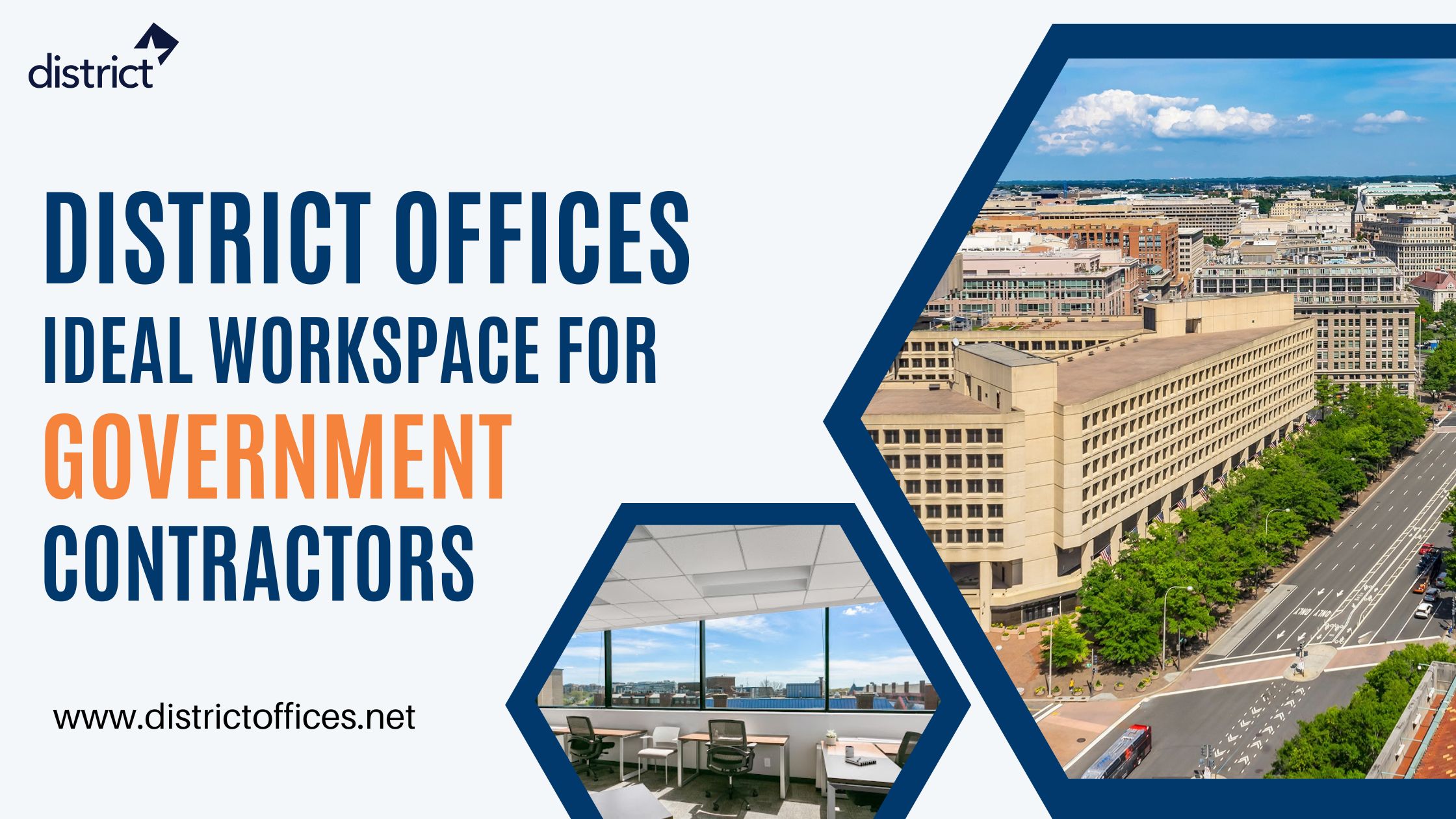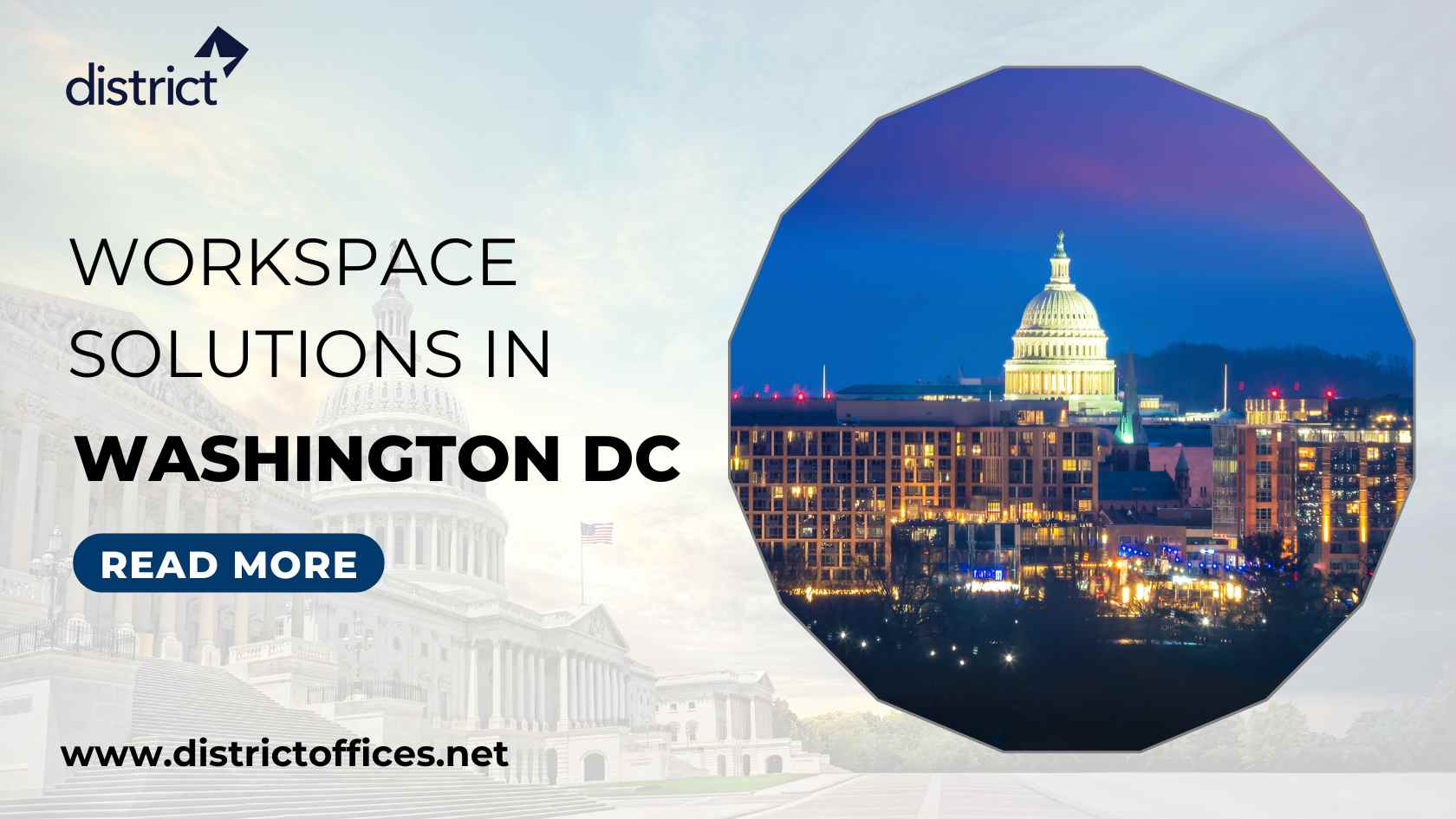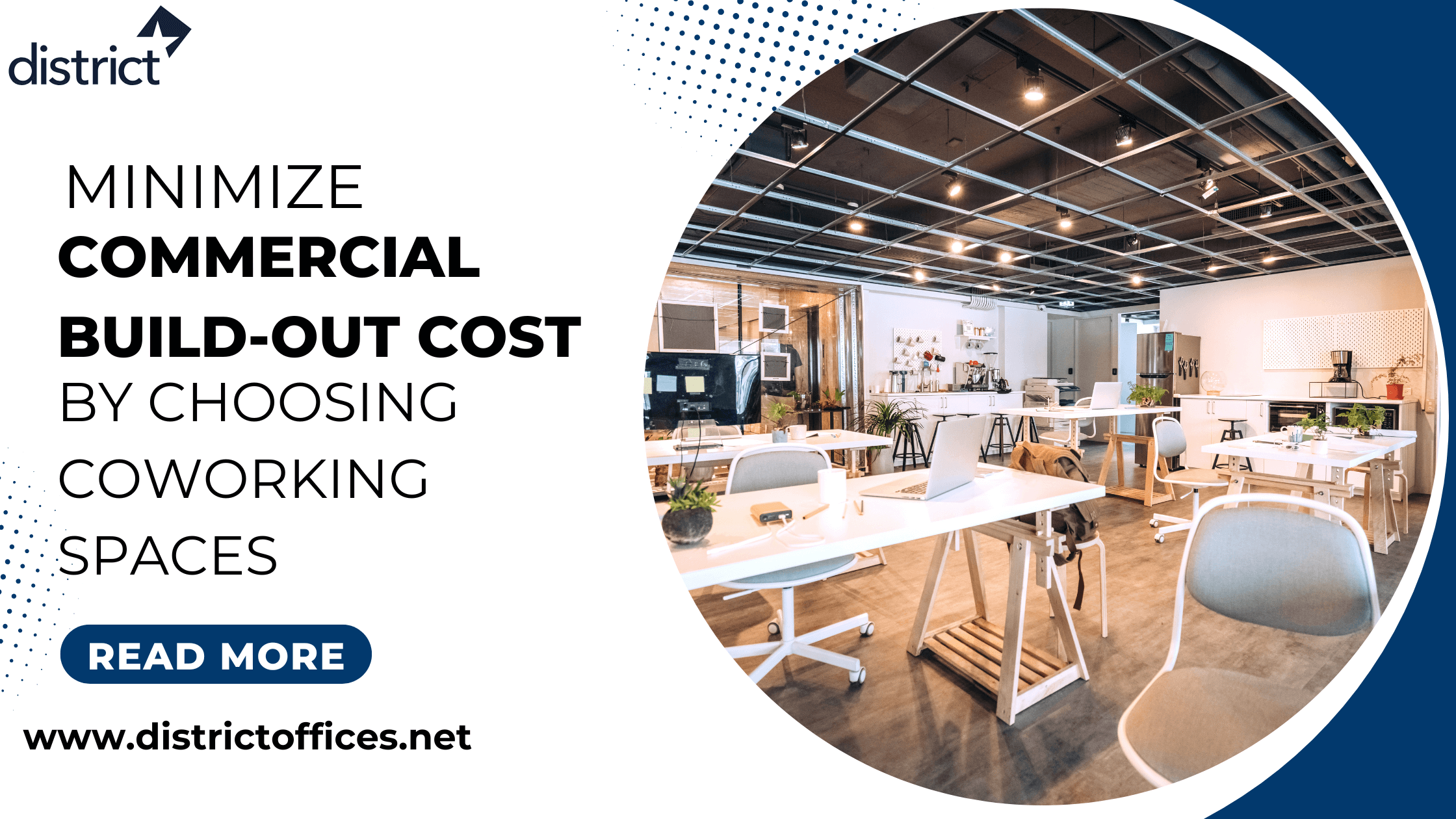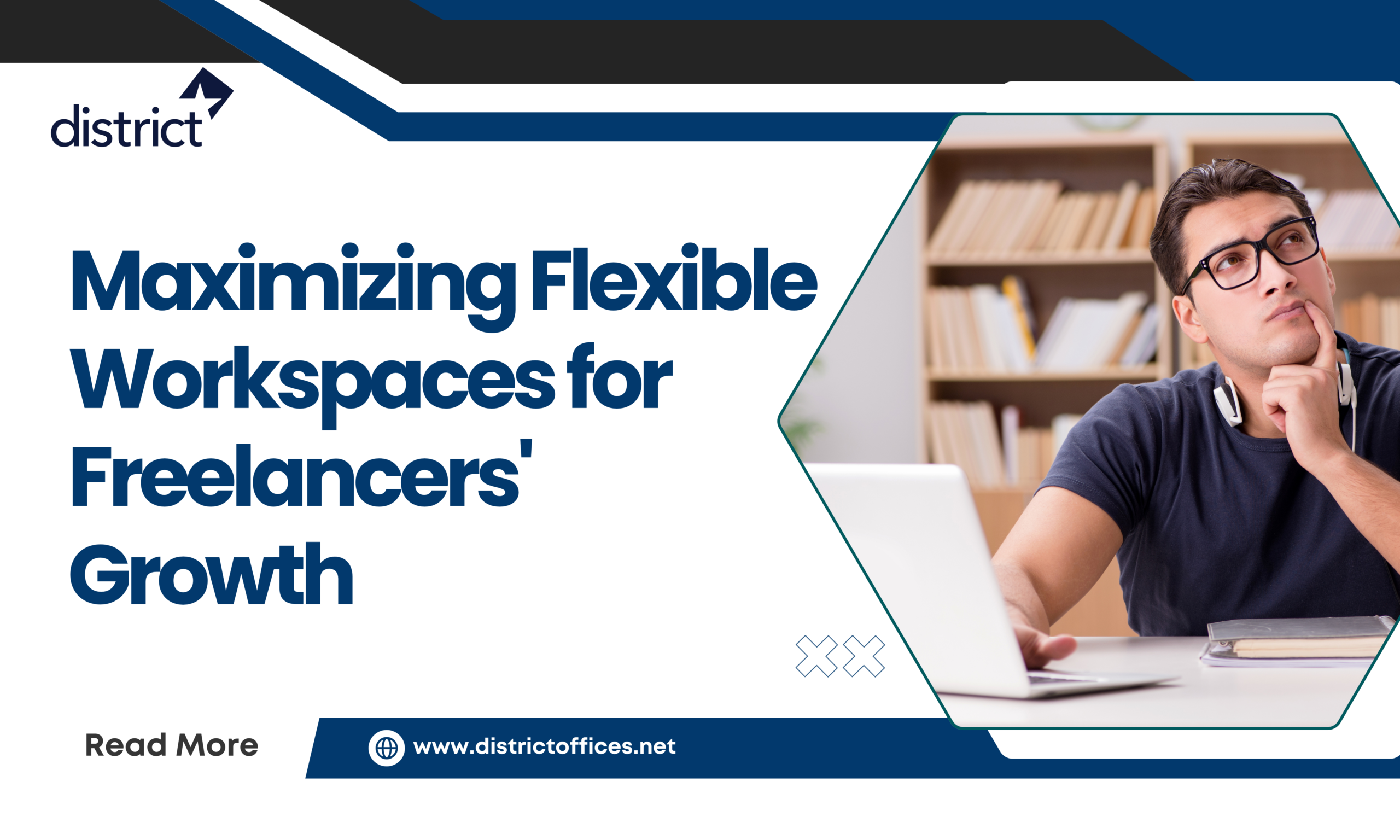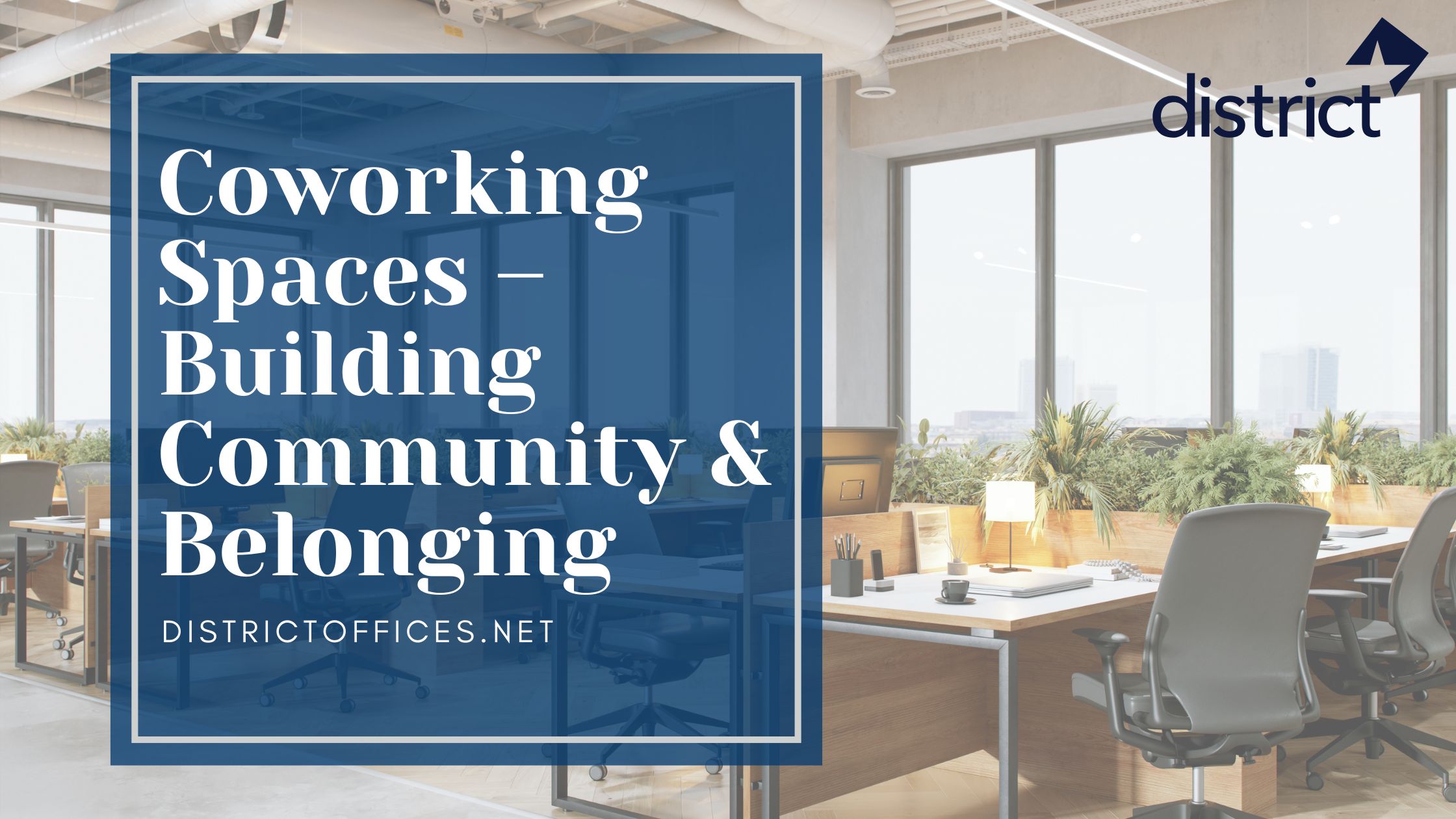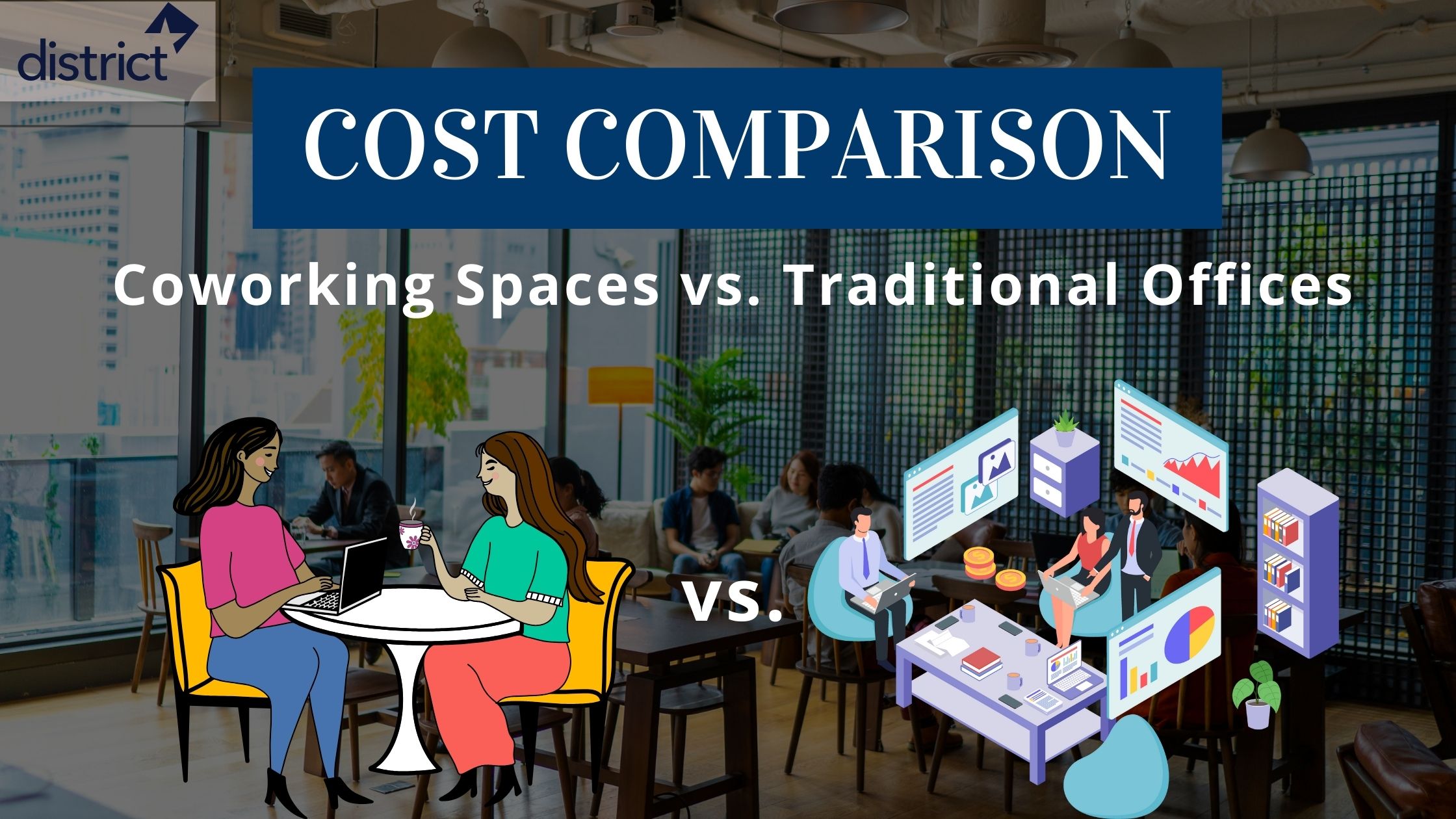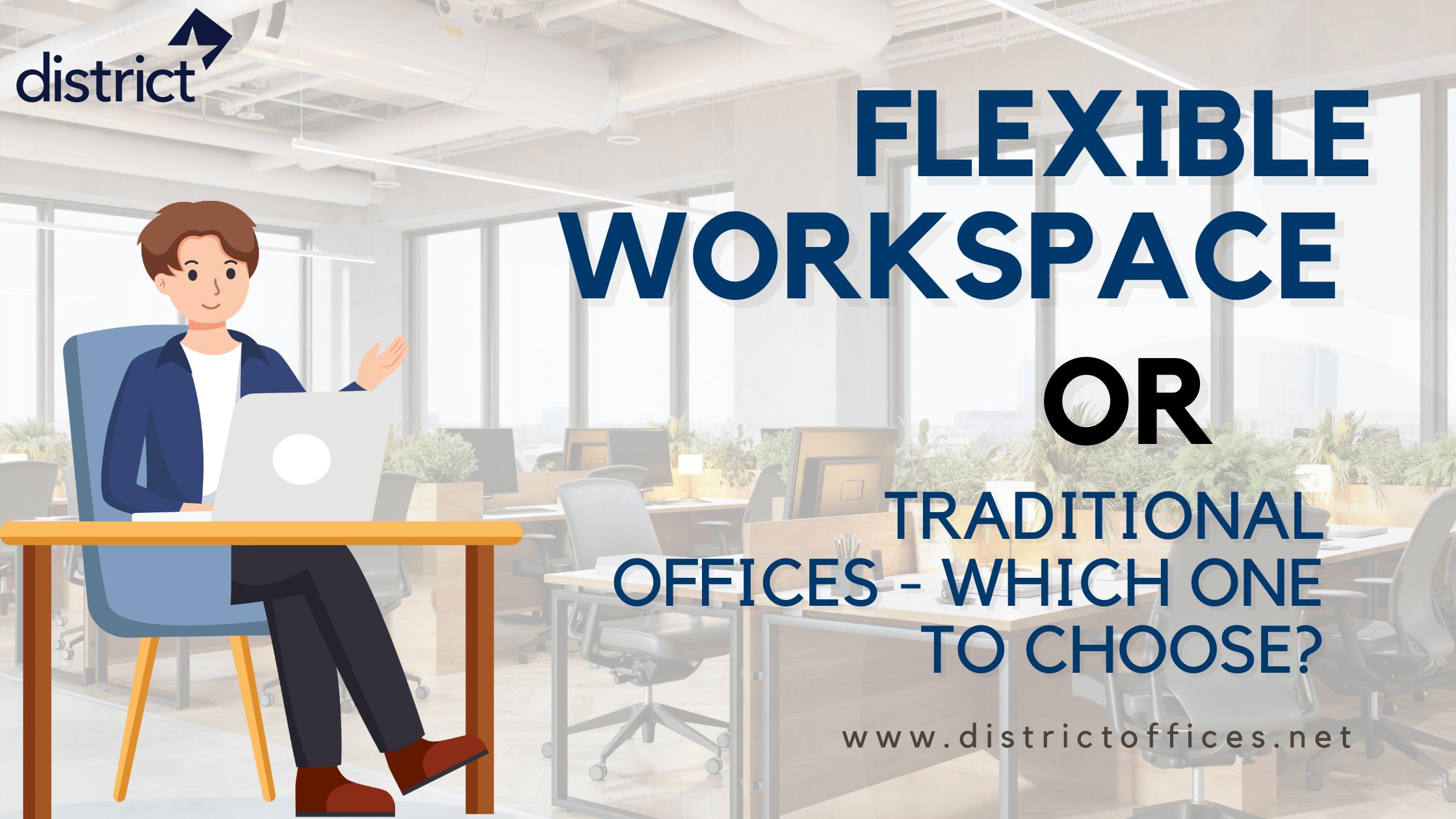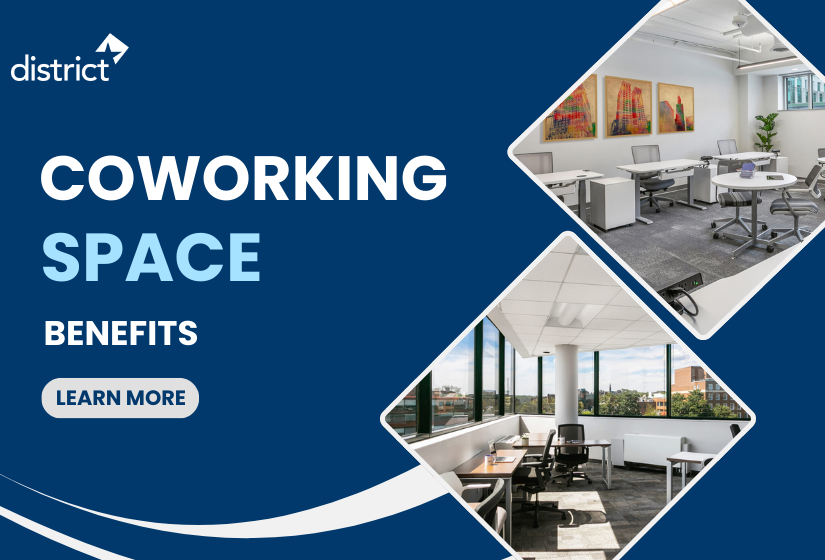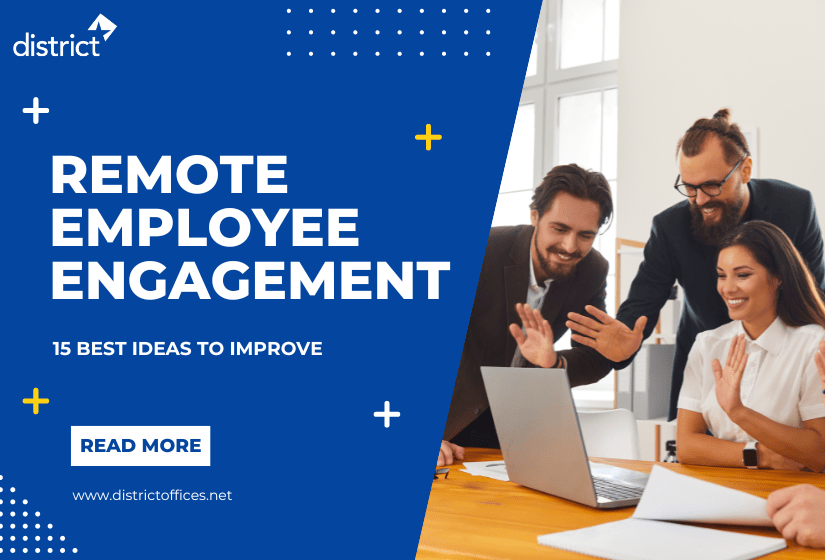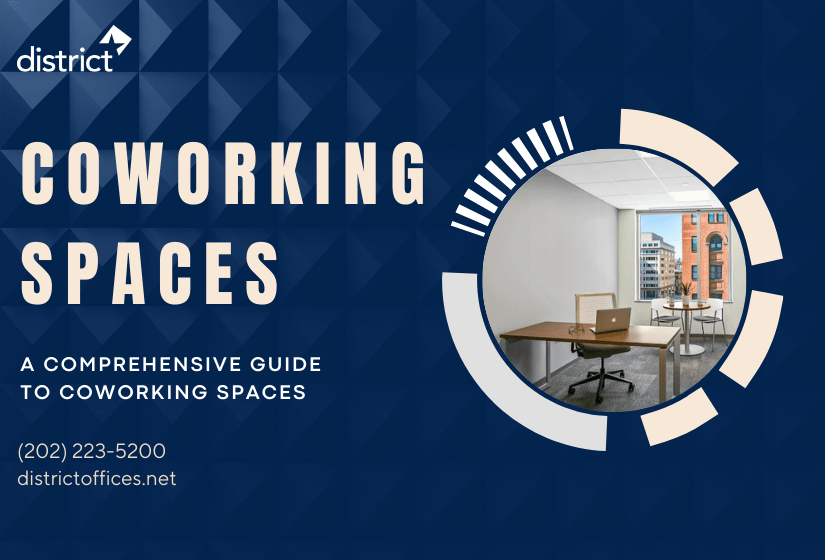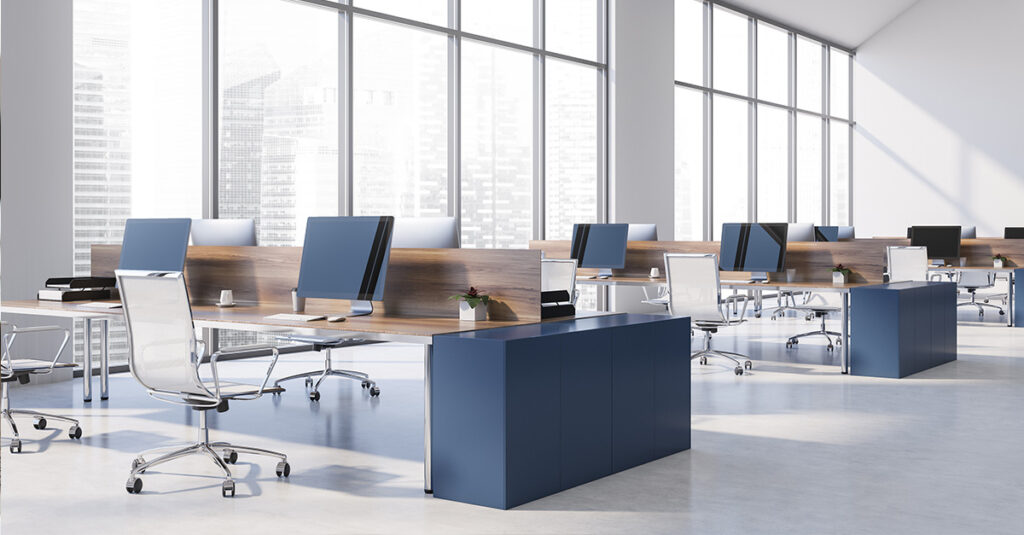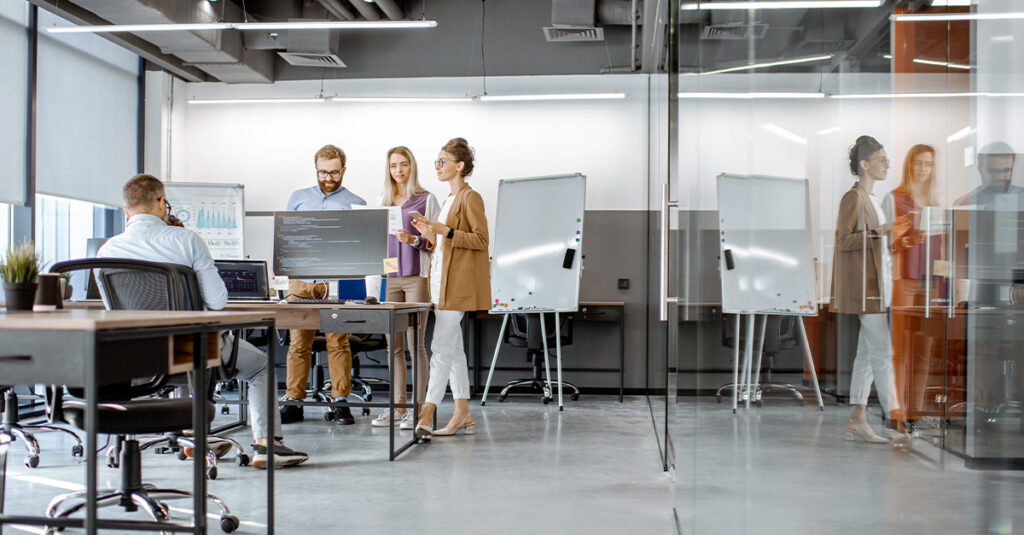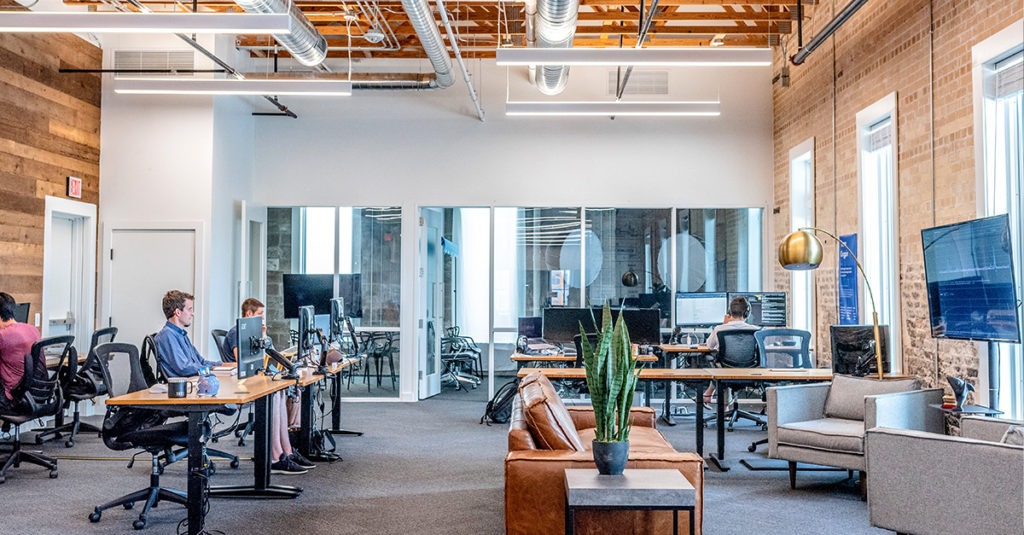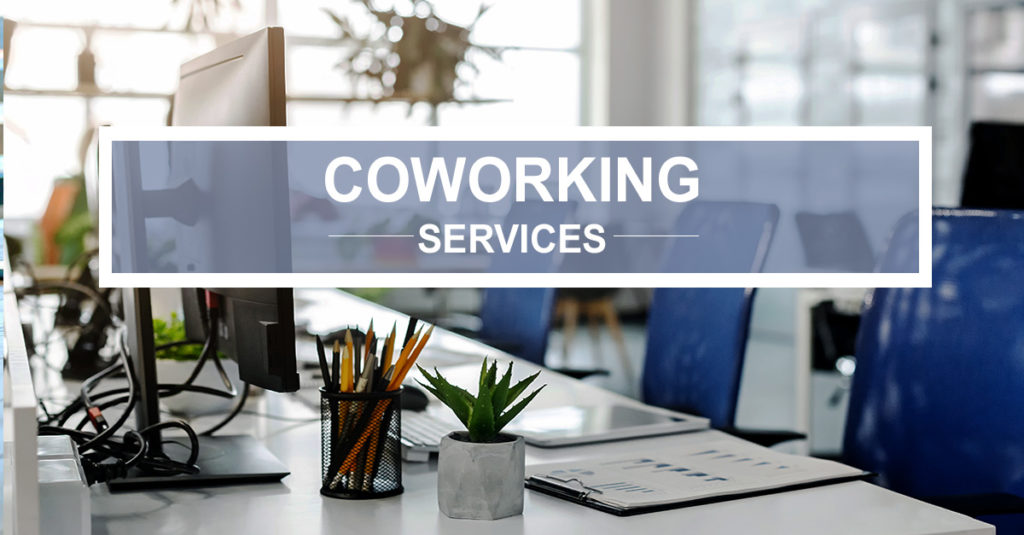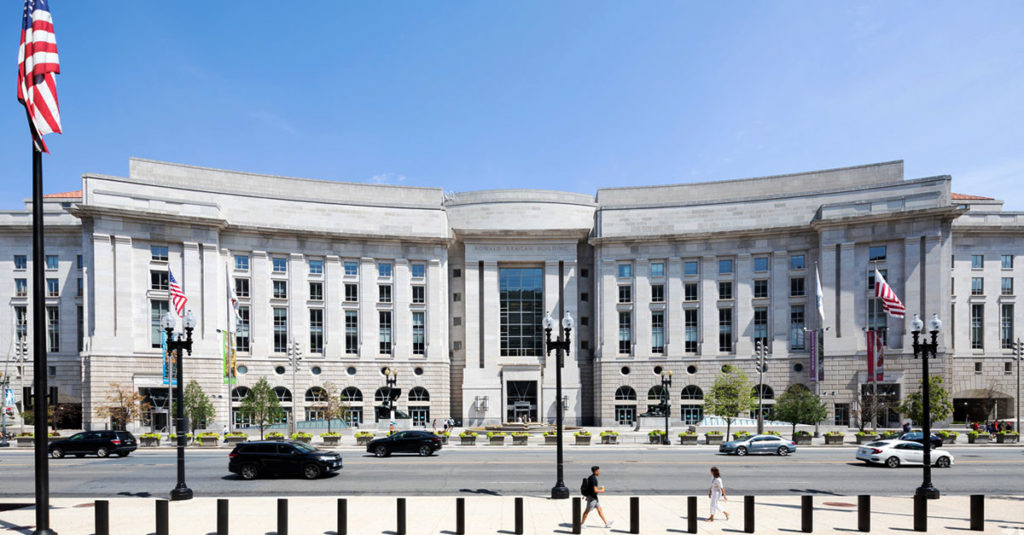In recent months a significant shift in federal office operations has raised clear concerns among federal employees. A directive from former president Trump in collaboration with Elon Musk has called for the termination of leases on approximately 7,500 federal office locations, including those of the Social Security Administration, has created a wave of uncertainty. Approximately 280,253 federal jobs were cut across 27 agencies as of March 2025. Additional cuts from reduced federal aid and contract terminations affect non-profits and health organizations. This development has created a wave of uncertainty among employees.
As federal agencies evolve and the job market shifts, most federal employees and contractors are now exploring alternative work environments that offer flexibility, security, and the potential for increased productivity. Due to this landscape of federal employment in flux, federal workers must carefully consider options that align with their evolving professional needs.
In this article, we will explore the key differences between Virtual Offices for federal employees and private offices for federal employees. Additionally, we will discuss how District Offices can serve as valuable resources during their transition.
Table of Contents
ToggleOpportunities for Federal Contractors Post-DOGE Layoffs
Contractor transition and flexibility Federal contractors affected by DOGE’s office terminations now have a unique opportunity to integrate the flexibility that virtual office solutions offer. With the disruption caused by the termination of physical office spaces, contractors often face the challenge of quickly shifting between project roles or even agencies. Billionaire Mark Cuban has a big idea for some federal workers who just lost their jobs and said, “if you worked for 18F and got fired, group together to start a consulting company”.
One key point that they can make is to leverage virtual offices.
Leverage Virtual Offices: Use virtual office solutions to stay connected to projects and maintain a professional presence without a physical office.
Explore Remote Opportunities: Take advantage of remote work roles, which are becoming more common in federal contracting.
Adapt Quickly: Seek new contracting opportunities by reaching out to agencies in need of flexible, adaptable contractors.
Create a Flexible Workspace: Set up a reliable home office with essential tools for smooth transitions between contracts.
Upskill: Enhance your expertise through online training to stay competitive and increase your appeal to federal agencies.
What are Virtual Offices for Federal Employees?
A virtual office for federal employees allowed workers to maintain a professional presence without being physically in the traditional office. This model offers services such as virtual business addresses, mail management, phone calls, and access to meeting spaces when necessary.
Virtual offices are particularly beneficial for federal agencies seeking flexibility, as they enable workers to remain connected to the federal space while working.
Remote work flexibility: it allows federal employees to work from anywhere while providing essential professional services like mail handling and meeting spaces.
Cost Savings: It eliminates the need for office rent and overhead costs; through software and remote tools, it may add some expenses.
Wider talent pool: it creates opportunities to hire skilled employees across regions, states, or even countries.
Improved communication: It enhances project management communication and transparency in operations with distributed teams.
Better work-life balance: It offers employees increased flexibility, reduces commuting time, and promotes wellness through a more balanced work environment.
Virtual Offices for federal agencies guidelines encourage the upgrade of telework and remote work in their strategic plans. Virtual offices enhance this approach as an extension of this by allowing employees to work remotely while maintaining access to necessary administrative functions.
Virtual offices for federal contractors can be a practical solution for them Contractors mostly need to juggle multiple projects across different locations, and a virtual office provides access to manage their workload without the constraints of physical office space.
What are Private Offices for Federal Employees?
Private offices for federal employees offer a traditional approach by providing individuals with a dedicated, physical space to work. These offices are ideal for employees who appreciate a structured, personal workspace. Typically, Private offices are mostly equipped with secure storage, a desk, and various office amenities that foster productivity and focus.
For federal employees, having a private office is the best choice because it ensures privacy, security, and the environment that separates work and home life; a private office is an ideal choice.
Federal agencies may also prefer private offices for employees working on sensitive projects. That requires confidentiality. The physical separation from other employees also helps reduce distractions, which allows for greater concentration and better outcomes. An Ideal private office provides:
Security: An employee working in a private office is perfect for handling sensitive information since the private office provides safe storage and confidentiality.
Personalization: Federal employees who work in private offices are free to customize their office space, ensuring they have an efficient working area that meets their taste.
Dedicated spaces: As opposed to virtual offices, private offices offer a distraction-free setting that encourages concentration and productivity.
Collaboration opportunity: Employees in a private office can still enjoy the opportunity to meet and work with coworkers in a more structured, professional environment.
How District Office Supports Federal Employees
Being a federal employee, the change to new positions in the District Office presents compatible options that suit both the needs of those who wish to work in virtual and private office environments. With access to modern amenities and flexible workspace solutions, the District Office is created to accommodate federal employees to sustain productivity, security, and comfort.
These are the core facilities offered by the District Office:
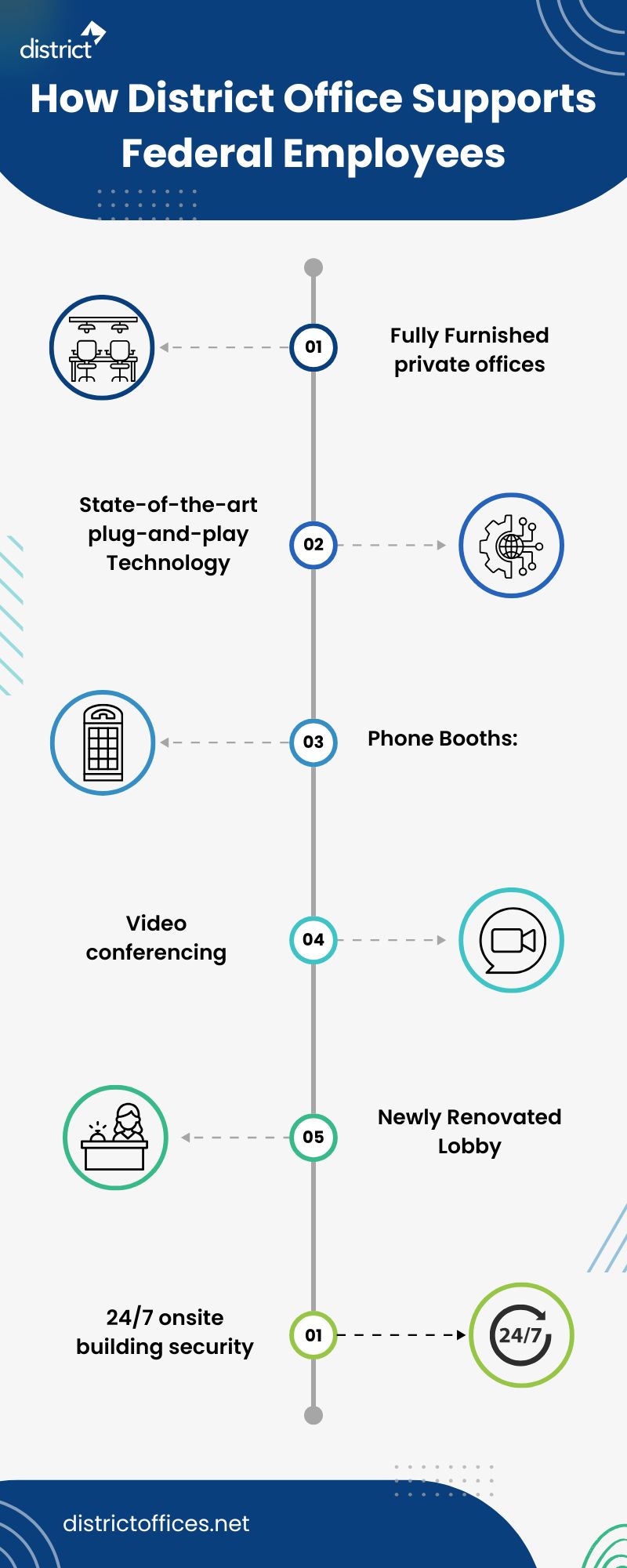
1) Fully Furnished private offices: For federal employees in need of traditional office space. These offices come fully equipped with the necessary furniture and office amenities to enhance comfort and productivity.
2) State-of-the-art plug-and-play Technology: Federally employed workers working remotely or face-to-face require dependable technology. This entails high-speed internet and all tools required for efficient communication and collaboration.
3) Phone Booths: For secure phone calls or video meetings, soundproof phone booths are available that provide a quiet and professional setting for sensitive conversations.
4) Video conferencing: With state-of-the-art video conferencing facilities federal employees can make easy connections to colleagues and stakeholders.
5) Newly Renovated Lobby: A good first impression and District Offices’ newly renovated lobby provides a welcoming space for federal employees and visitors. It is created with the intention of making a good first impression.
6) 24/7 onsite building security: Security is not an option, and the District Office maintains federal employees’ safety with on-site building security on a 24/7 basis. On-site security makes the premises secure and allows employees to concentrate on work without concern.
7) Safe bike room: For federal workers who opt to ride their bikes to work District Office provides safe bike rooms. This enables workers to safely store their bicycles while also providing them with easy access to their bicycles whenever needed.
8) Access to the kitchen: Shared fully equipped kitchen facilities are provided, where federal employees can have the luxury of preparing meals or taking a quick break to grab a snack. This is convenient and supports a healthy work-life balance.
9) Coworking shared spaces: For those who wish to alter the pace or simply find chances to interact with others. These shared spaces are ideal for brainstorming, networking, and collaboration.
Conclusion
When looking at office alternatives for federal workers, you need to be aware of the distinctions between virtual offices and regular private offices. This will allow you to make the most suitable decision for your business needs.
As federal contractors and agencies increasingly adopt flexible work arrangements, District Offices can equip federal workers with the tools, security, and amenities they need to succeed.
The customized services of District Offices guarantee both remote and office workers sufficient support through advanced technology and safe settings. This renders District Offices a perfect choice for federal workers in this time of transition.
Frequently Asked Questions
Q1 How are other federal employees adapting to these layoffs?
Ans Federal workers are coping with dismissals by pursuing lawsuits against this firing, particularly in instances of possible rights abuses. Others are attempting to seek employment in private sector positions, seeking other government posts, or capitalizing on union assistance in negotiating severance packages and pushing for their rights. Community organizations are filling in with job training and financial assistance, and some employees are taking early retirement or going for voluntary separation packages.
Q2 How can the District Office provide security?
Ans District Office offices are provided with high-speed encrypted networks, and all data communications are ensured to be secure. We also provide private meeting spaces that are in compliance with government data security needs. District Offices also have 24/7 on-site security, which assures physical security and blocks unauthorized individuals from entering the facility. Such a complete approach to security gives federal contractors and employees peace of mind so they can concentrate on their work.
Q3 How is a serviced office different from a private office?
Ans A Serviced office and private office primarily concern flexibility management and costing structure.
Serviced Office: It is a completely furnished and externally managed workspace. It encompasses furniture, equipment, utility services, reception facilities, and maintenance, all under one lump sum monthly charge.
Private office: A private office is a dedicated, walled-off area in a larger shared or coworking office space. It provides more privacy and flexibility for customization, but it could still be part of a serviced office arrangement.
Q4: Can virtual offices be used by federal contractors to satisfy government compliance requirements?
Ans Absolutely, federal contractors can use virtual offices to become government compliant. These offices feature such things as encrypted communication, secure mail service, and availability of professional meeting rooms, and they can present a professional, secure presence. They can even be tailored to comply with a particular agency’s requirements, and this provides the contractor with the flexibility to work off-site while remaining fully compliant.
Q5: Is a virtual office appropriate for federal employees with confidential or sensitive work?
Ans Yes, virtual offices are effective for federal staff working on sensitive projects as long as they have solid security features. Encrypted networks, secure mail handling, and private conference rooms ensure confidentiality. Agencies can also choose virtual office arrangements that comply with federal security standards, which keeps remote work secure and confidential.
